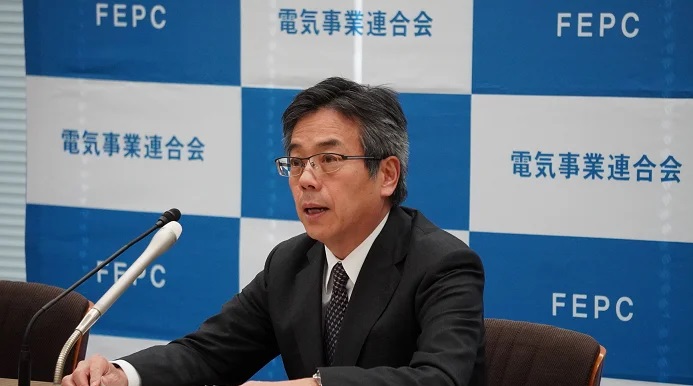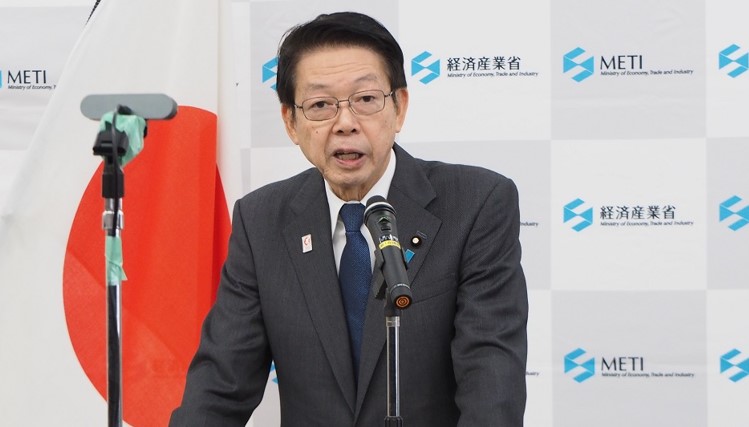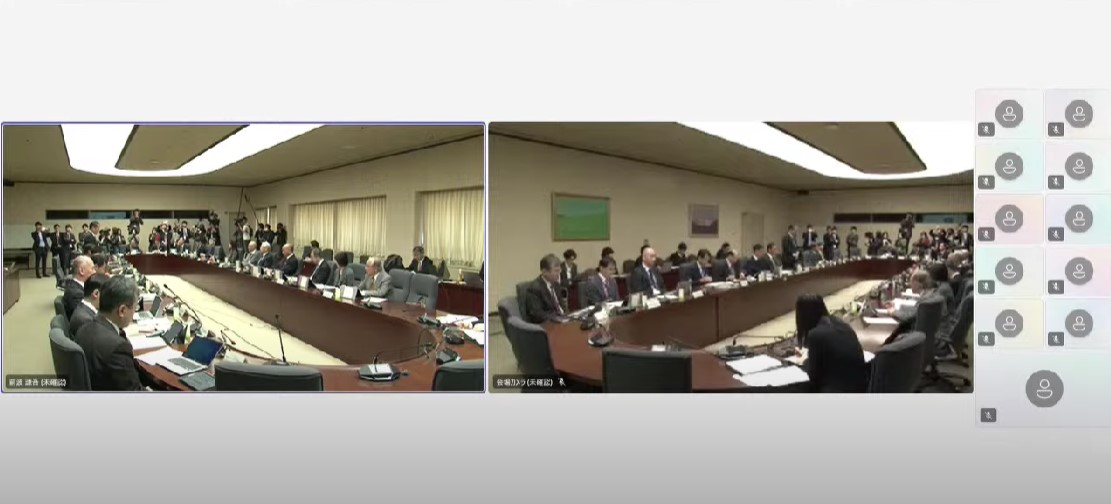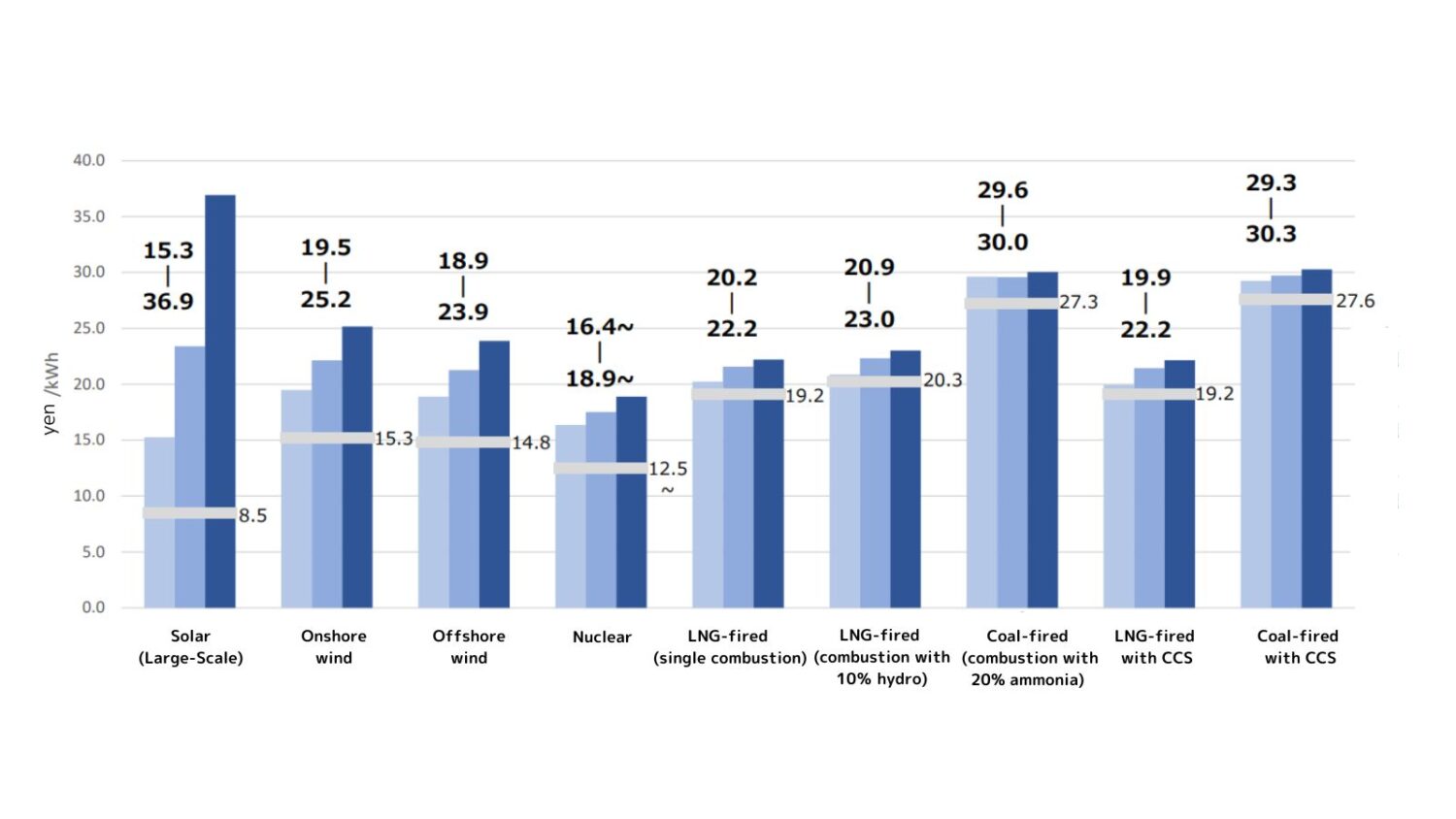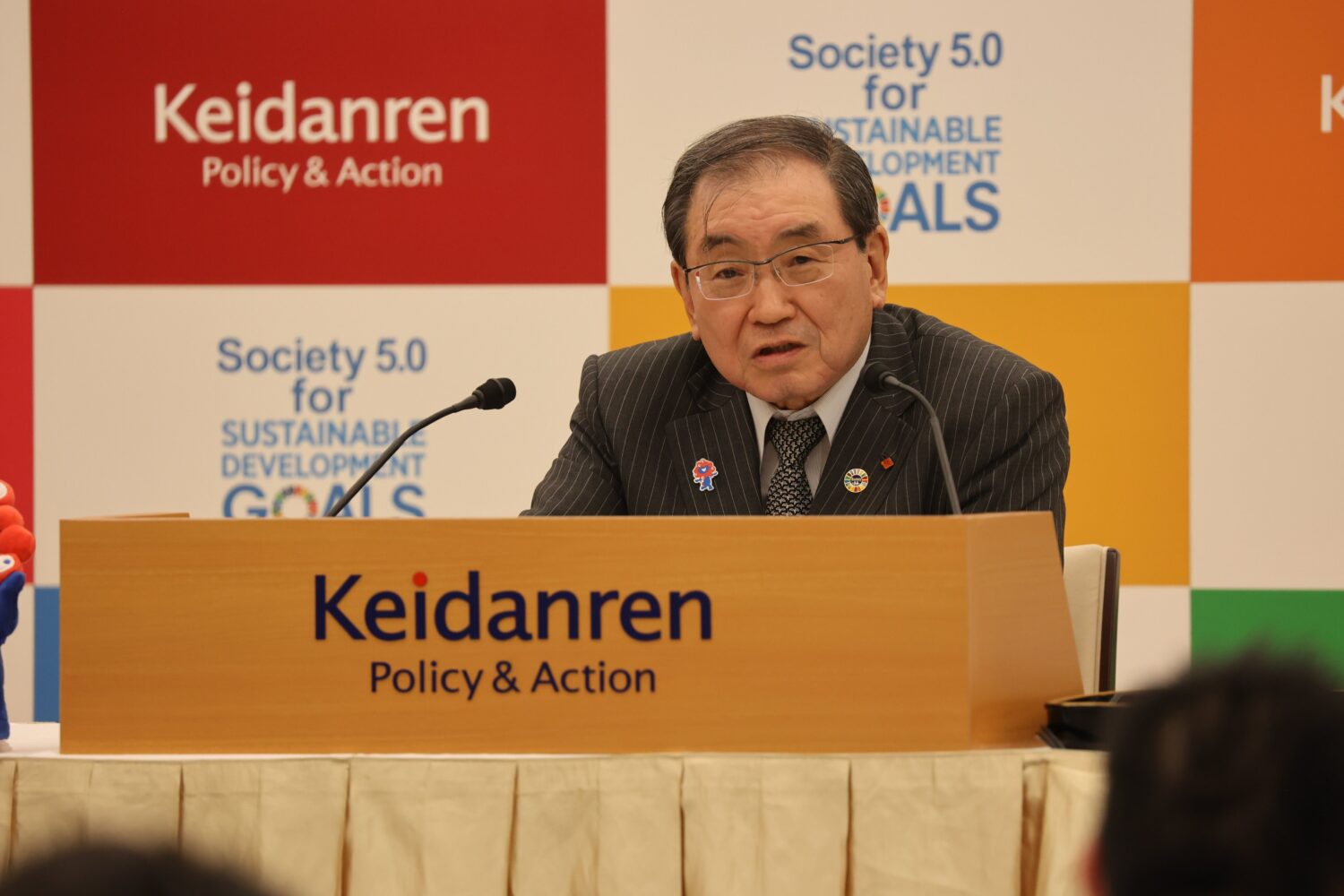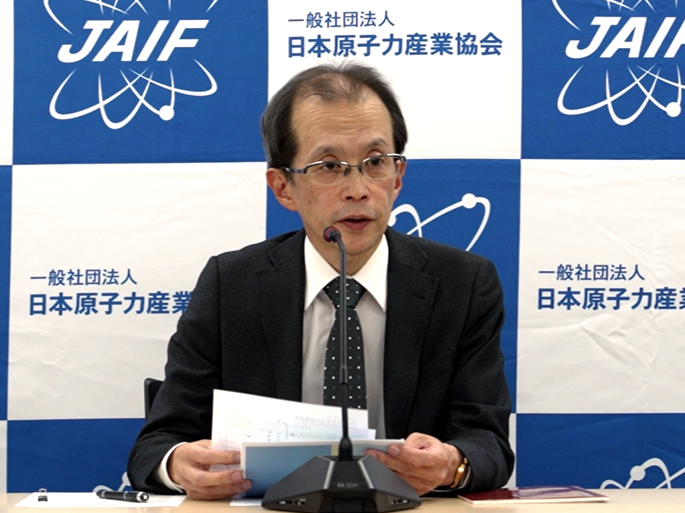The White Paper focuses on the decommissioning and management of nuclear facilities. Domestically, some 24 nuclear reactors in Japan, including Units 1 to 6 at the Fukushima Daiichi Nuclear Power Plants, are either undergoing decommissioning or are slated to be decommissioned. The Japan Atomic Energy Agency (JAEA) has announced a plan to decommission about half of its nuclear R&D facilities.
With decommissioning thus moving to the forefront across the board, the document introduces leading examples in other countries as positive lessons from which Japan can learn.
Stating that by removing nuclear fuel and radioactive materials, the risks and burdens of managing them are reduced, the document reiterates the positioning of decommissioning in the overall utilization of nuclear power, saying, “It is necessary to make use of the knowledge, technology and human resources that have been fostered, and to advance to a new stage in dealing with the decommissioning of nuclear facilities.” It thus particularly highlights the importance of starting the “next stage.”
Additionally, the White Papers says that technologies and systems in the process of carrying out decommissioning will be “great assets for Japan” when assisting the decommissioning of nuclear facilities around the world in the future.
Those in charge of compiling the White Paper in the Cabinet Office said that the decommissioning of nuclear facilities, including the disposal of radioactive waste, would be a long-term project spanning generations, adding that they hoped younger people, in particular, would become interested in the matter.
Citing examples of decommissioning in the United States, Germany, France and the United Kingdom, the document identifies the following four important steps:
- designing an efficient overall work plan,
- engaging in dialogue with relevant parties, especially regulatory authorities,
- managing radioactive waste and technological development,
- building good relationships of trust with all involved parties, including the residents around a site.
One example is Germany’s Stade Nuclear Power Plant (PWR, closed in 2003), whose methods of cutting and dismantling the reactor vessel underwater have been praised and seen as applicable to other plants. “By using technology horizontally,” the White Paper states, “decommissioning work can be done more efficiently.”
The document also notes that Germany has established a clearance system to minimize volumes of generated radioactive waste, and that it promotes public understanding via a Q&A website.
Further, as far as cost-effectiveness and the management of processes are concerned, the White Paper cites the U.S. firm NorthStar as an example in which a company specialized in decommissioning has carried out effective management and accumulated know-how.
As for building relationships of trust, the document looks at activities conducted by France’s Commission Locale d’Information (CLI) as examples of the importance of “giving consideration to local residents and industry in decommissioning projects, which will affect local economies for many years.”


-1.png)

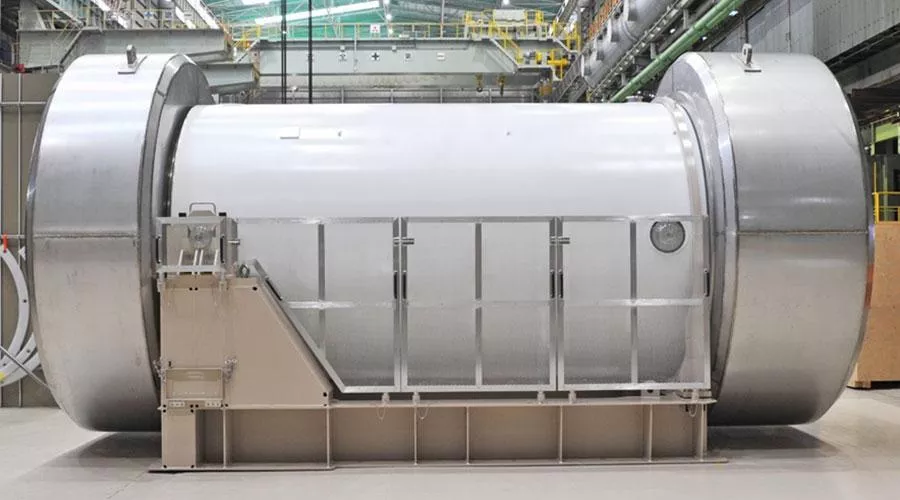
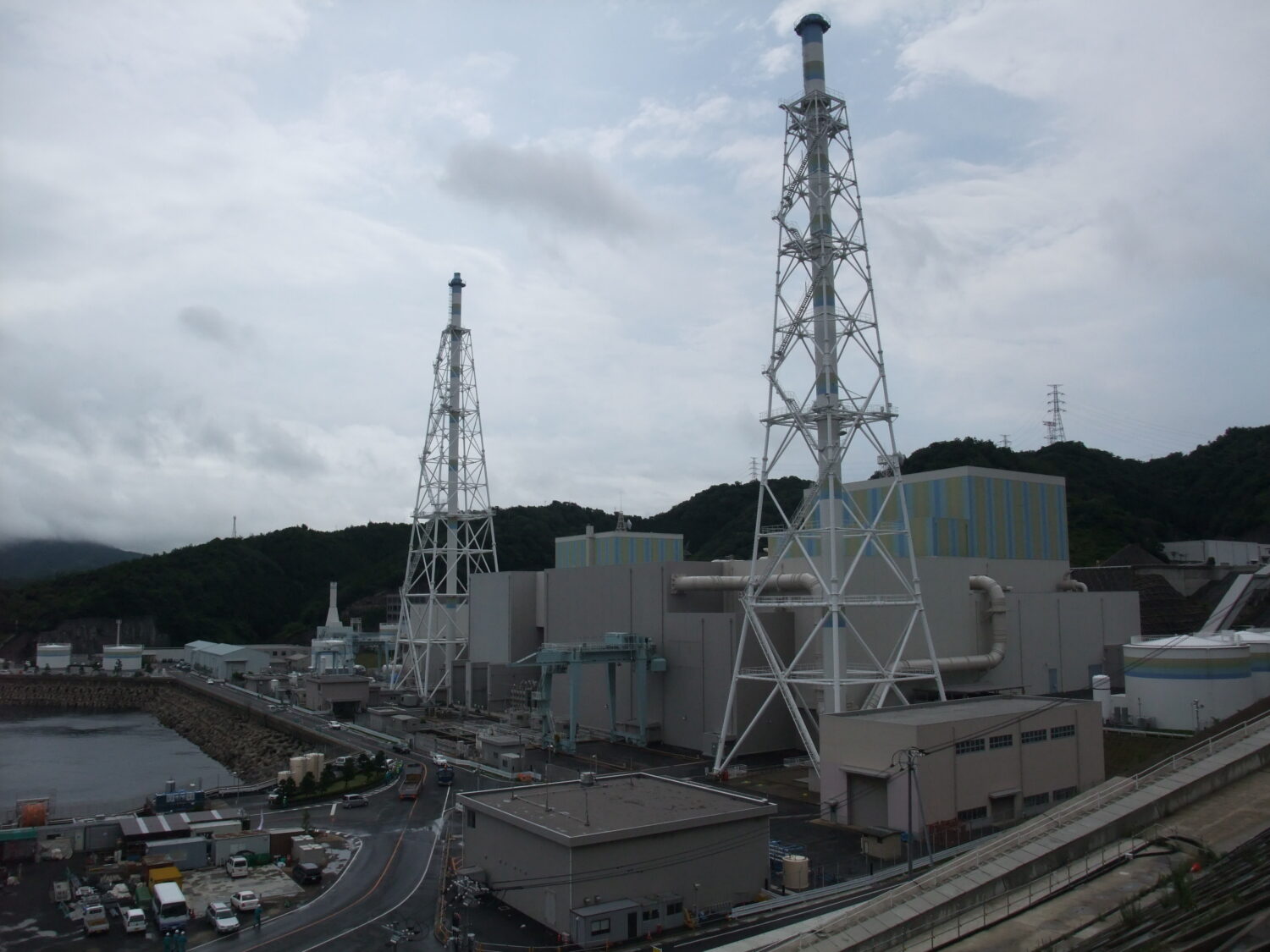
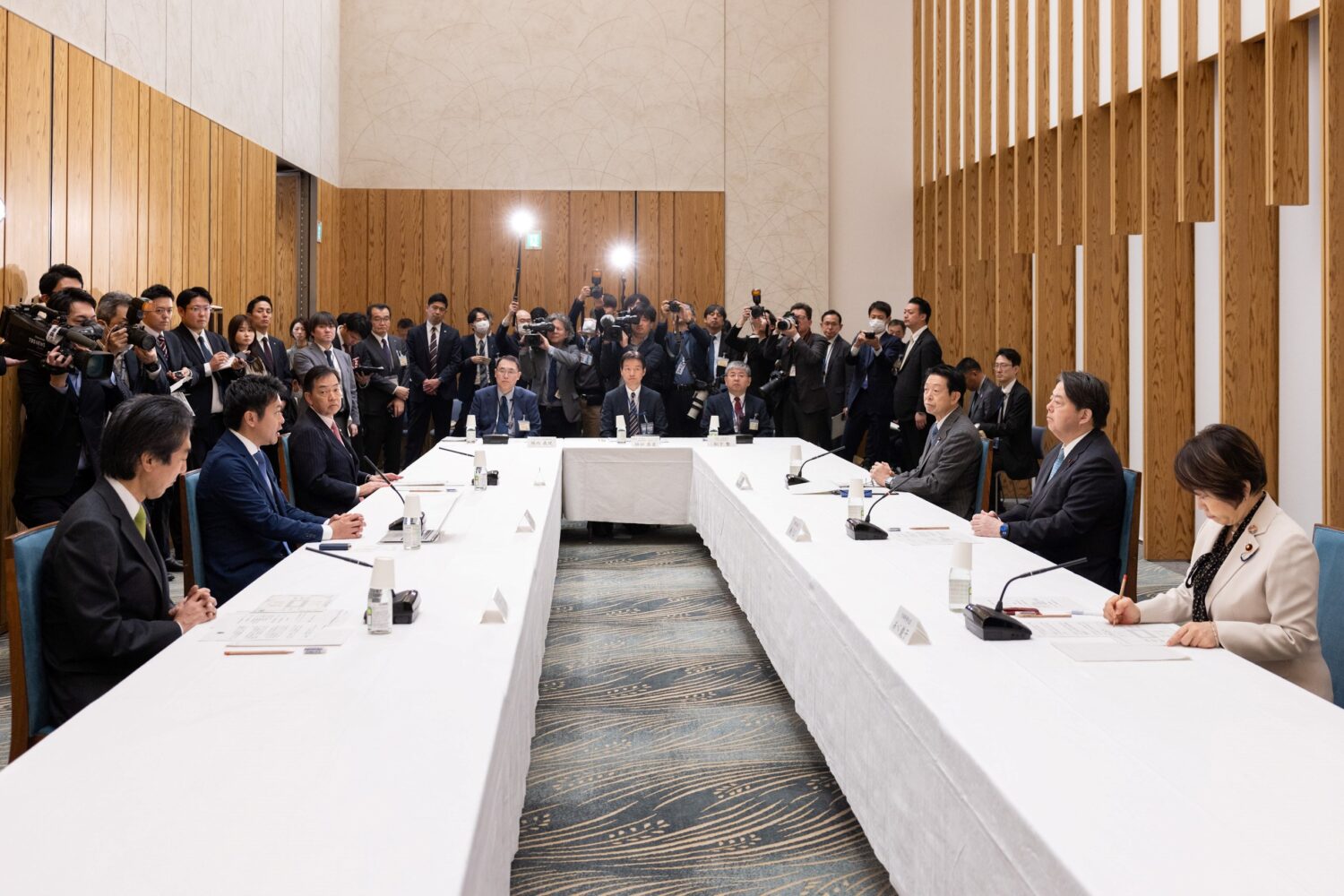
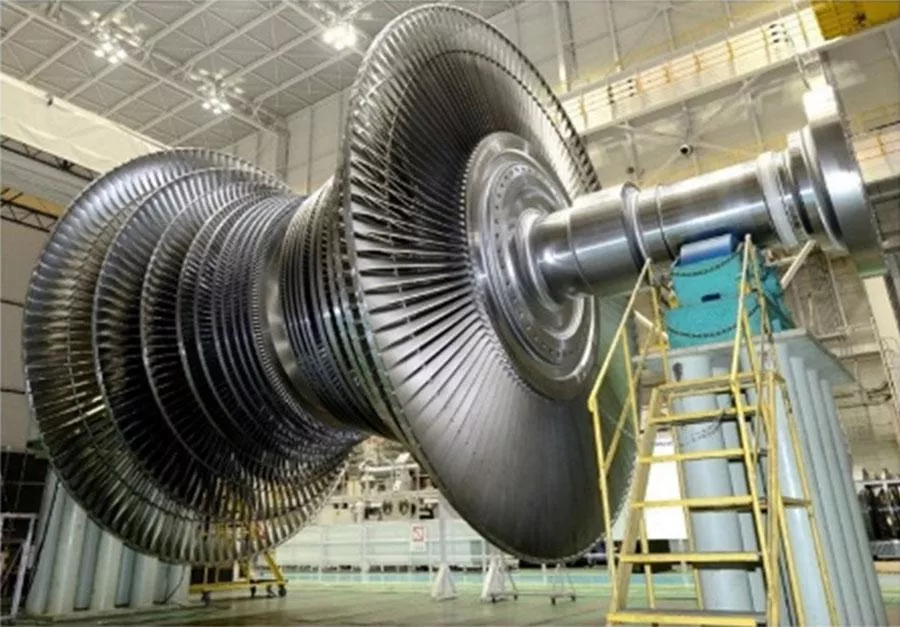

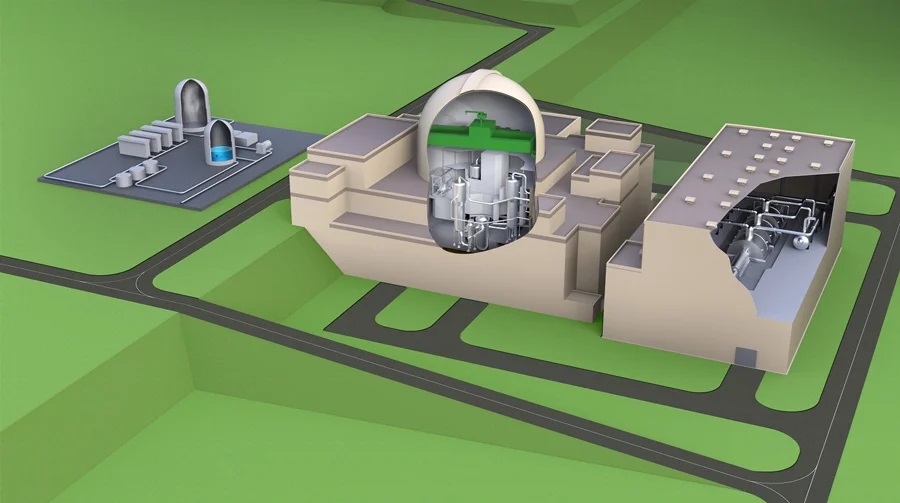
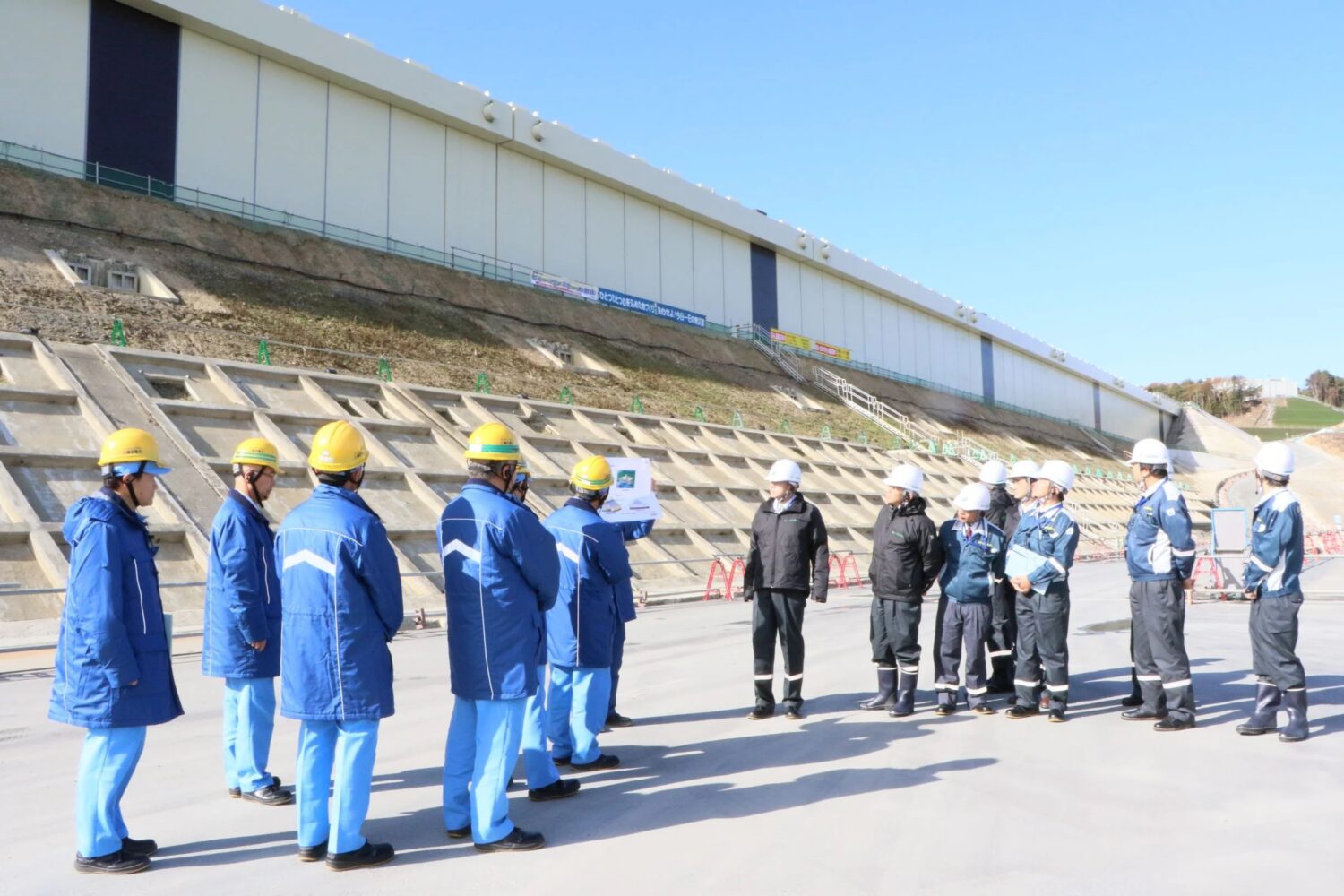
.jpg)



